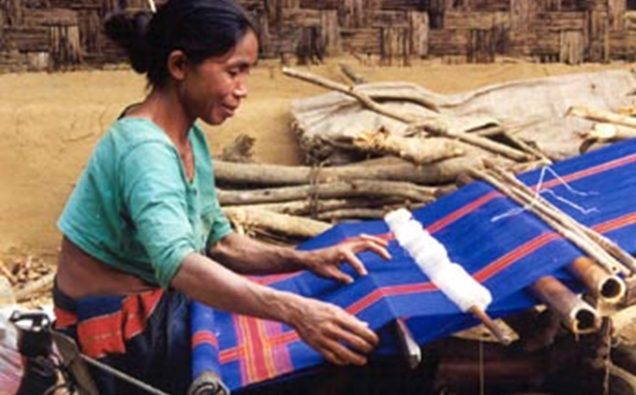
That gender inequality is putting a high premium on development of communities, societies and countries around the world sounds like a commonplace observation.
But looking at the impact of gender inequality in earnings on human development in economic terms will likely shock many – with the current losses worldwide estimated to be $ 16.2 trillion and the potential gains likely to scale up the global wealth by 14 percent.
These findings emanate from a World Bank study released this year. Entitled Unrealized Potential: The High Cost of Gender Inequality in Earnings, the study looks at the losses of the earning gaps in terms of human capital.
The premise is simple: it’s the human capital, the people, who are the largest source of development. The argument makes it easier for the modern reader to understand the benefits and costs of human capital development for countries.
Releasing the report, the World Bank cited the study on the Changing Wealth of Nations which explains how human capital measured as the present value of the future earnings of the labor force accounts for two thirds of global wealth.
The findings of the study might seem astronomical or perhaps too theoretical to many in the face of multitude of obstacles that girls and women face in societies around the world. But these finding must inform any debate on realizing women’s access to economic opportunities and making development sustainable.
For instance, even if we make incremental progress, the world can benefit enormously from realizing access to education, health and employment – the very basis for development of human capital. The policymakers should focus on human development much more than don so far in view of newer challenges like repercussions of the climate change on lives and livelihoods.
Here are some of the key findings of the study:
- Globally, women account for only 38 percent of human capital wealth versus 62 percent for men. In low- and lower-middle income countries, women account for a third or less of human capital wealth.
- On a per capita basis, gender inequality in earnings could lead to losses in wealth of $23,620 per person globally. These losses differ between regions and countries because levels of human capital wealth, and thereby losses in wealth due to gender inequality, tend to increase in absolute values with economic development. For these reasons, in absolute terms the losses are largest in OECD countries.
- Globally, for the 141 countries included in the analysis, the loss in human capital wealth due to gender inequality is estimated at $160.2 trillion if we simply assume that women would earn as much as men. This is about twice the value of GDP globally. Said differently, human capital wealth could increase by 21.7 percent globally, and total wealth by 14.0 percent with gender equality in earnings.
- These estimates of the losses from gender inequality are related only to differences in lifetime labor earnings and therefore human capital wealth between women and men. Many other costs are associated with gender equality apart from those estimated in this particular note. Subsequent notes in this series will estimate those other losses.
- Two main factors lead women to have less earnings and thereby lower human capital wealth than men: lower labor force participation rates and fewer hours worked in the labor market, and lower pay. These factors keep many women in a productivity trap due in part to social norms relegating them to unpaid care and informal work.
- To increase women’s earnings and human capital wealth, investments throughout the life cycle are needed, from early childhood development and learning in schools to building job-relevant skills that employers demand, encouraging entrepreneurship and innovation, and ensuring that both women and men have equal access to opportunities and resources.
- A review of the literature suggests that successful interventions can be implemented in multiple areas to improve employment opportunities and earnings for women. This includes: (i) reducing time spent in unpaid work (notably subsistence and household work) and redistributing care responsibilities; (ii) increasing access to and control over productive assets (particularly land, credit, insurance and savings but also key skills); and (iii) addressing market and institutional failures (access to information and networks, legal and fiscal impediments, and restrictive social norms).
- Ending gender inequality by investing in girls and women is essential to increase the changing wealth of nations and enable countries to develop in sustainable ways. This makes economic sense and it is the right thing to do.”
















